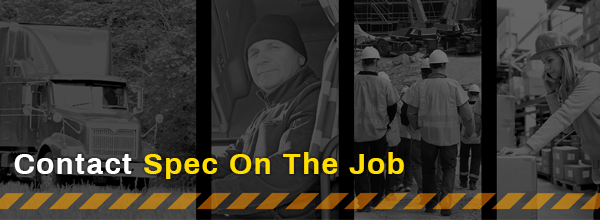Driverless vehicles are already among us. As the technology charges forward, lawmakers are wrestling with the best way to regulate autonomous vehicles.
On September 6, the House of Representatives passed sweeping legislation for highly-autonomous vehicles (HAVs). Among other things, the bill gave the federal government the power to regulate their design, construction, and performance.
The bill will also let automakers seek exemptions from federal vehicle safety standards. Because of this, they’ll have the ability to redesign key safety features. One example is the steering wheel. This is an essential tool for keeping human drivers safe. But it would be unnecessary in a vehicle guided by sensors and software.
The legislation also calls for the creation of an advisory council to address other issues for HAV manufacturers. These include cybersecurity concerns, and how to deal with driverless cars in remote, “unmapped” areas.
The State Of Autonomous Vehicle Regulation
But this lastest House bill is by no means the final word on HAV regulation. States are passing their own laws to address the new technology:
Nevada (2011): This was the first state to authorize the operation of highly-autonomous vehicles.
Florida (2016): The state eliminated certain requirements related to the testing of HAVs as well as the presence of a driver in such a vehicle.
California (2016): Lawmakers authorized a pilot project for the testing of autonomous vehicles that are not equipped with a steering wheel, a brake pedal, an accelerator, or an operator inside the vehicle.
North Carolina (2017): The state passed a regulation specifying that a driver’s license is not required for an autonomous-vehicle operator.
More Rules…And More…And More…
But federal and state lawmakers aren’t the only ones making rules for autonomous vehicles.
On September 20, the National Highway and Transportation Safety Administration (NHTSA) issued its own updated guidelines. It affirmed that states retain their responsibilities for vehicle licensing, vehicle registration, enforcing traffic laws, and insurance for HAVs.
The NHTSA’s policy also included a set of 15 best practices for vehicle makers. They addressed safe design, development, and testing of autonomous vehicles prior to commercial sale or operation on public roads.
What About Trucking?
One glaring omission from almost all of these regulations is rules for commercial trucks.
The House Of Representatives’ bill didn’t mention commercial vehicles at all. And only one state – Michigan – has passed regulation targeted at commercial vehicles. In that state, such vehicles operating in a platoon may ignore the minimum following distance of 500 feet.
But the lack of rules for commercial vehicles is no oversight.
Lobbyists for the trucking industry are working hard to protect the thousands of jobs that would be lost in a world of all-autonomous vehicles.
The International Brotherhood of Teamsters, which represents 600,000 drivers, was one union that didn’t want to see commercial trucking addressed in the September 6th House bill. The union’s president said that Teamsters must be at the center of any discussion on autonomy and trucking.
No one knows yet if HAV technology will assist drivers, or make them obsolete. But one thing is certain: lawmakers have their work cut out for them in figuring out how best to regulate driverless vehicles.
We’ve had more than a century to get our current laws governing vehicle use in place. But who knows how many years will it take to properly regulate the cutting edge between man and machine.
Sources: WashingtonPost.com, NCSL.org, BBC.com, DailyMail.co.uk

“Helping our clients get jobs done since 1998.”